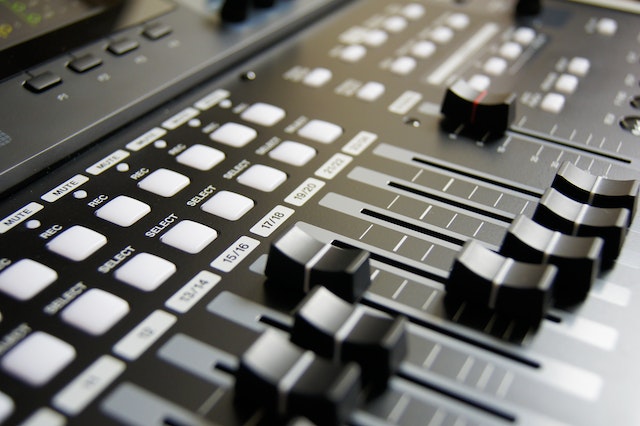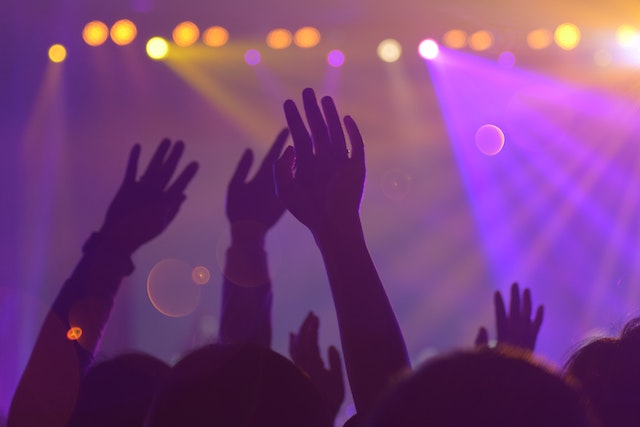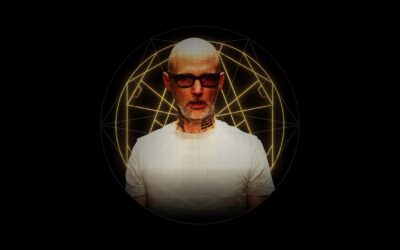Unveiling the Dynamic Fusion: How EDM and Nightlife Revolutionized Modern Culture

Revolutionizing Soundscapes
Creation of Mega-Clubs and Festivals
A New Age of DJ Residencies
Evolving Club Designs

Globalization of Nightlife
Evolving Fashion Trends
Emergence of Sub-genres
EDM and Technology
The union of EDM and technology has transformed clubbing. Apps allow patrons to pre-book tickets or get real-time updates on set times. Moreover, the integration of Augmented Reality (AR) and Virtual Reality (VR) in some venues offers unparalleled immersive experiences.
Economic Impact

Challenges and Criticisms
Changing Social Dynamics
The Rise of Female DJs
Sustainability Concerns
Digital Streaming and EDM
Platforms like Spotify, Apple Music, and SoundCloud have played a crucial role in EDM’s global reach. Emerging artists can now share their tracks with a global audience at the click of a button. Clubs and DJs keep an ear to these platforms to catch the latest hits, ensuring that fresh sounds continuously invigorate the dance floor.




